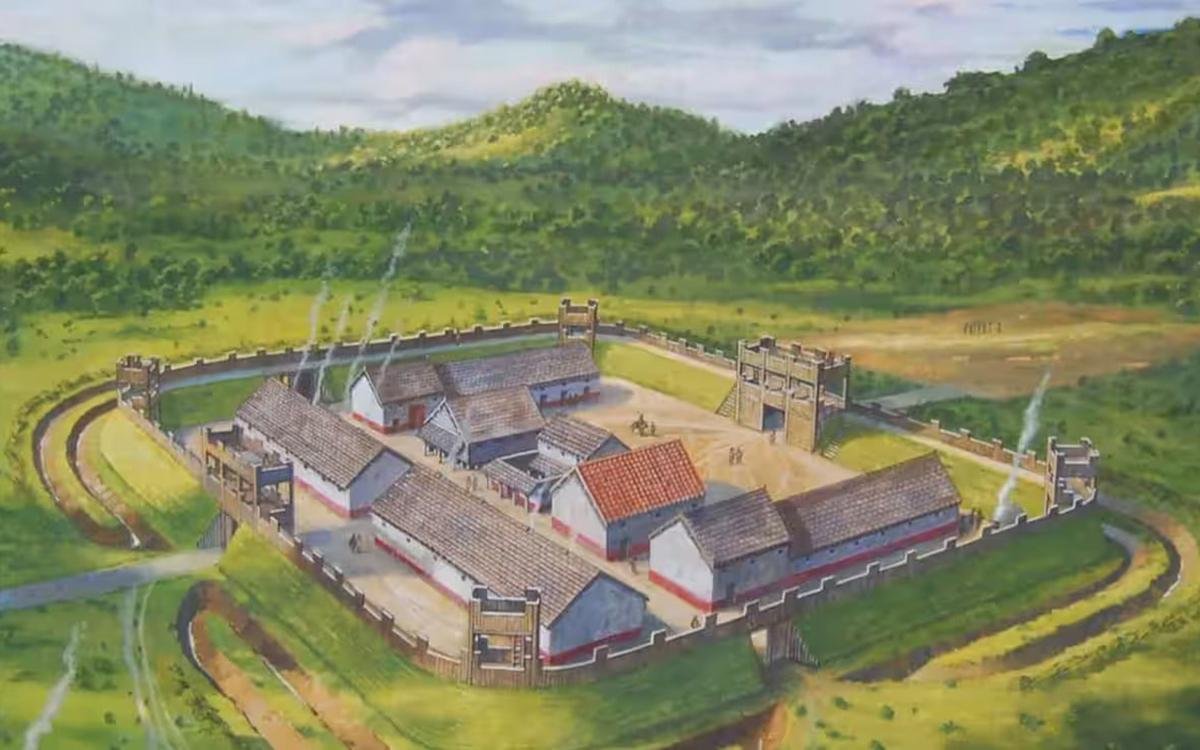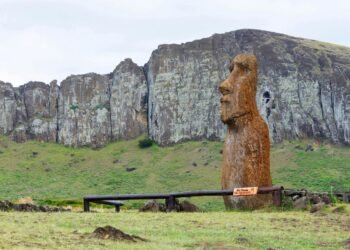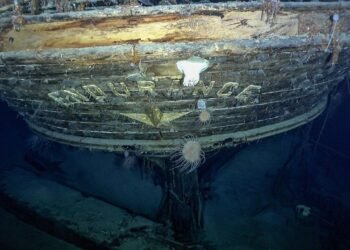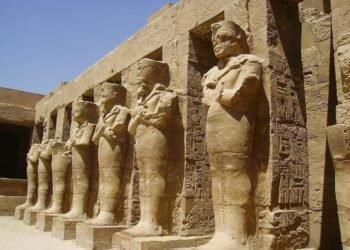A researcher in Pembrokeshire, Wales, has uncovered a previously unknown Roman fort, challenging long-held beliefs about the relationship between the region’s indigenous Celtic tribe and the Roman invaders. The fort, concealed beneath an overgrown field, is now regarded as a find of national importance.

The discovery was made by Dr. Mark Merrony, a Roman specialist and tutor at Oxford University, who has a deep connection to Pembrokeshire as a native of the area. “It is a humongous fort, an incredible find of national importance,” Merrony told The Guardian. His discovery suggests that the Roman influence in West Wales was far more extensive and militarized than previously thought.
The fort, estimated to date from the first to the third centuries CE, was found after Merrony identified a Roman road nearby—a road that had long intrigued him due to its unusual straightness. His suspicions were confirmed when he spotted what appeared to be a Roman fort through satellite imagery. Upon visiting the site, Merrony found a triangular piece of slate sticking out of the ground, which he identified as a Roman roofing slate.
“I pulled it up and lo and behold, it’s an archetypal Roman roofing slate, an absolute peach,” Merrony said. This discovery, along with the presence of more roofing slates with diagnostic features consistent with other Romano-British buildings, confirmed the site’s Roman origins.
The fort, measuring approximately 185 by 155 meters (around 5 to 7.5 acres), is believed to have housed around 500 soldiers, suggesting it served as an auxiliary fort rather than a primary defensive position. Its “playing-card” form with rounded corners, massive ditches, and fortifications constructed from large stones and earth are typical of Roman military architecture.
This discovery is particularly significant because it overturns the previous assumption that the Celtic Demetae tribe, which inhabited the region during the Roman occupation, had peaceful relations with the Romans. Historically, it was believed that the Demetae were pro-Roman, necessitating little military presence. However, the existence of this fort, along with another discovered in Wiston near Haverfordwest in 2013, indicates that the Romans maintained a strong military presence in the area. “I now don’t think they [the Demetae tribe] were pro-Roman at all, but that the Romans were hitting the area with an iron fist,” Merrony told Newsweek.
The fort’s strategic location on sloping ground with a commanding view of a river valley, coupled with its proximity to two natural springs, underscores the Romans’ careful planning and military strategy. Merrony also speculates that the site may have been part of a broader network of Roman installations in West Wales, an area historically neglected by archaeologists due to limited resources. “There are more villas than we think and there are more forts than we think here in West Wales,” Merrony said, suggesting that further discoveries could be imminent.
Currently, the exact location of the fort is being kept secret to protect the site until a full geophysical survey can be conducted. Merrony has emphasized the need for funding to carry out this survey and to explore the possibility of an adjacent civilian settlement, known as a vicus, which typically developed alongside Roman forts.
























Do we have any more news on this discovery, please?